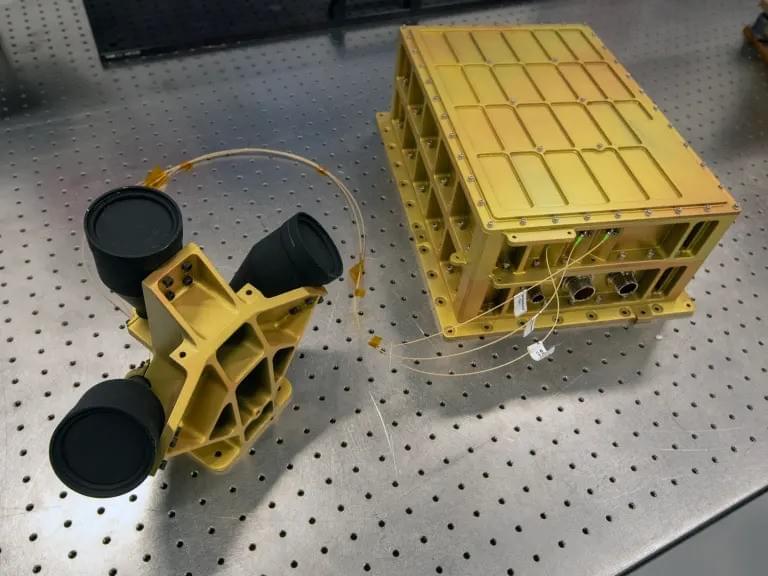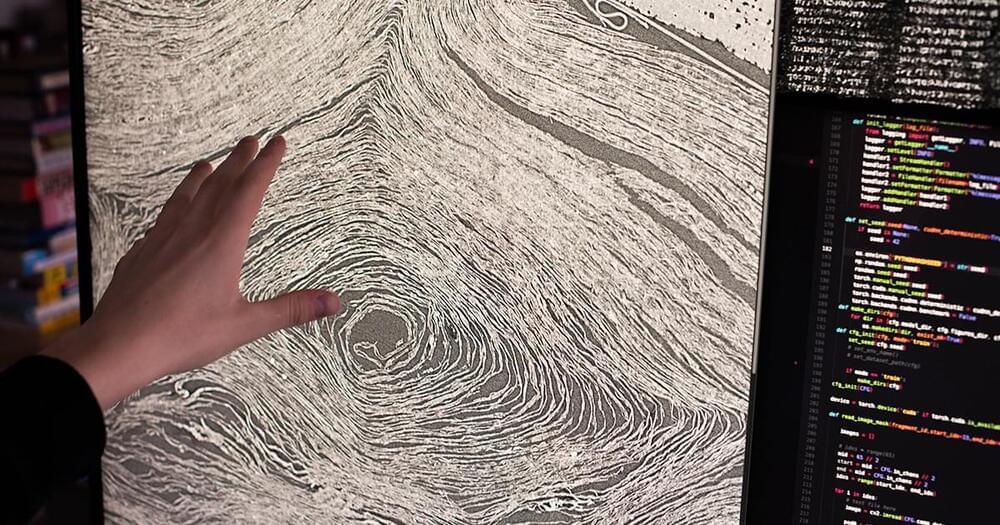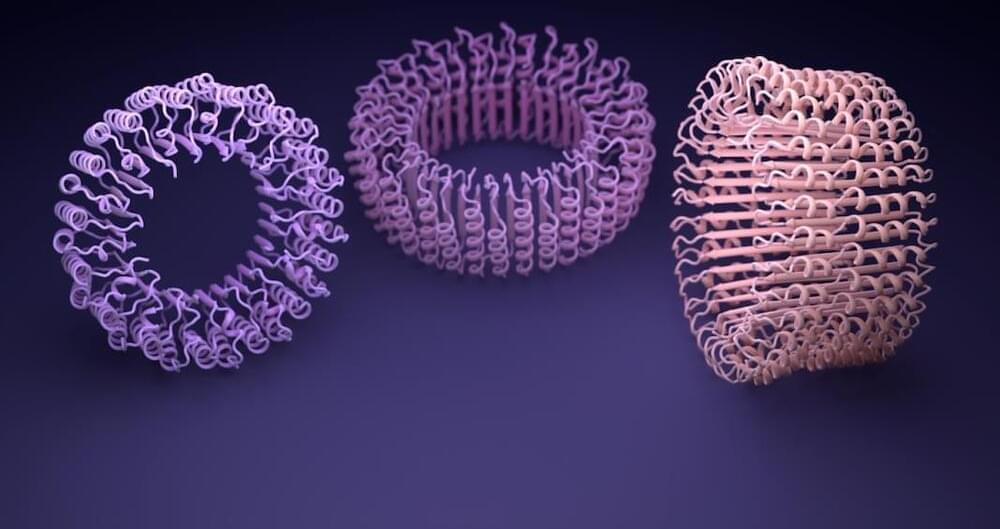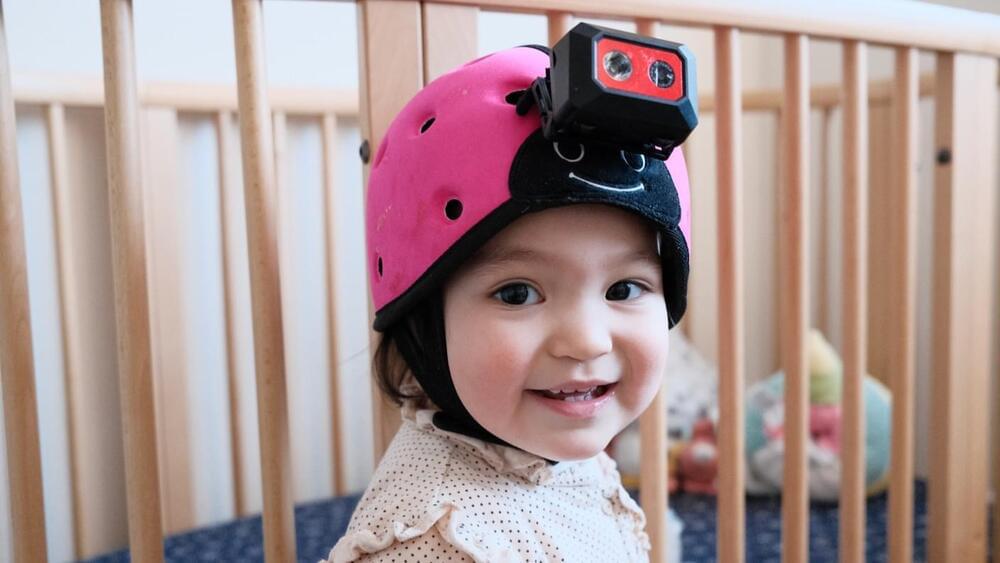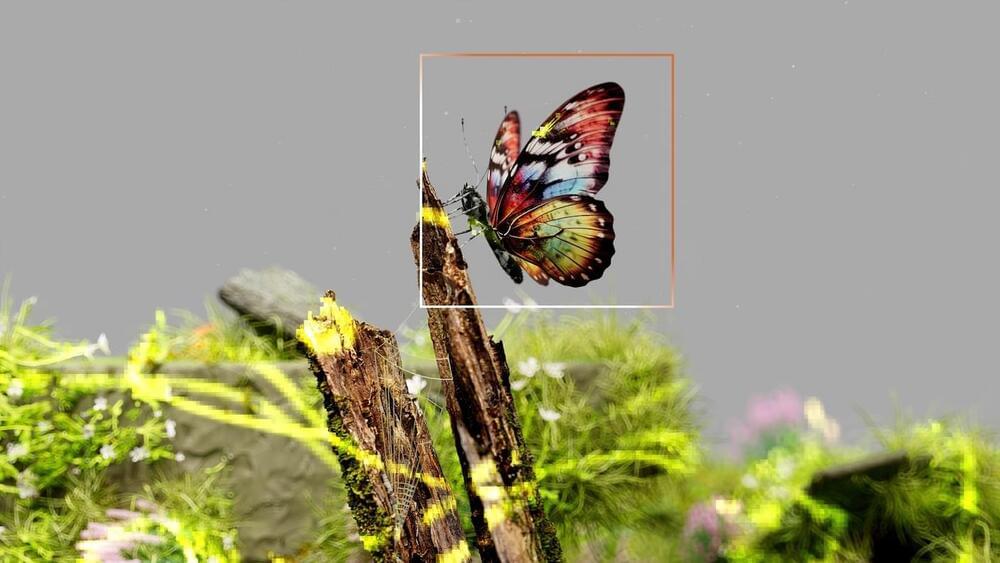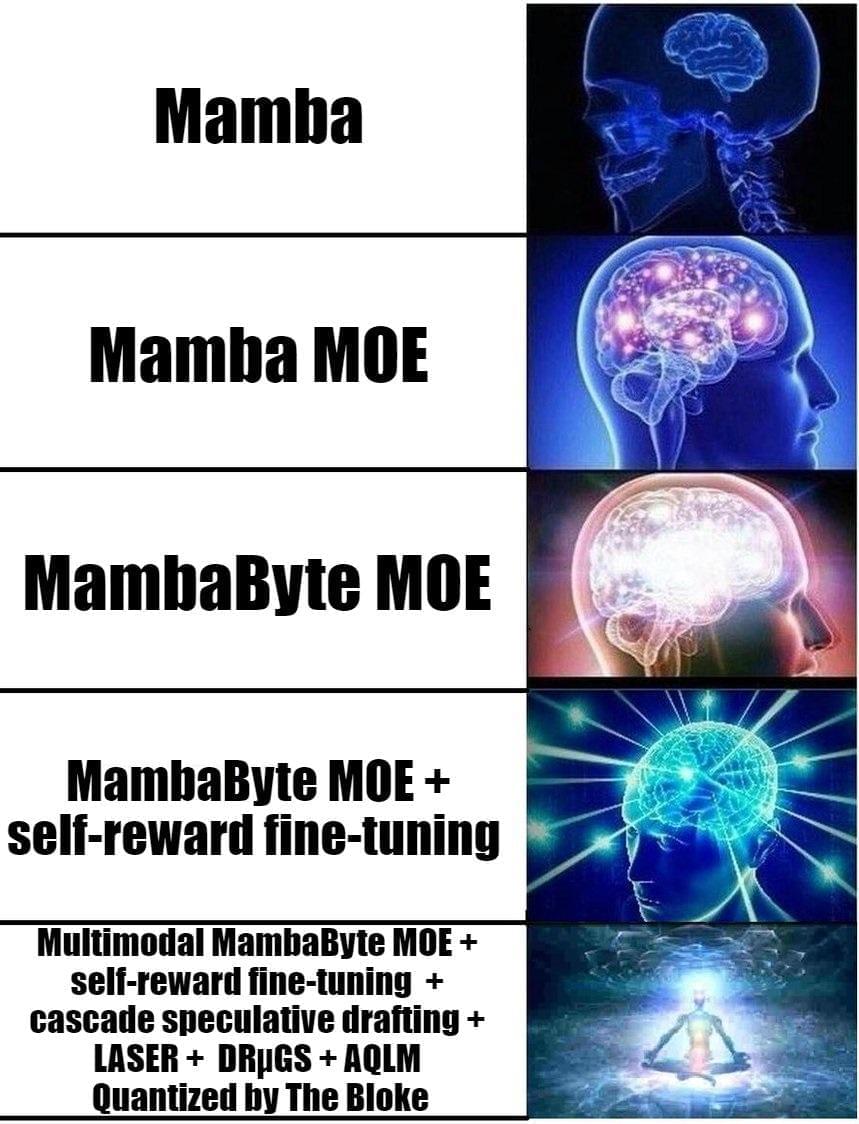Sidewalk delivery robot services appear to be stalling left and right, but a pioneer in the concept says it is profitable and has now raised a round of funding to scale up to meet market demand. Starship Technologies, a startup out of Estonia that was an early mover in the delivery robotics space, has picked up $90 million in funding as it works to cement its position at the top of its category.
This latest investment round is being co-led by two previous backers: Plural, the VC with roots in Estonia and London that announced a new $430 million fund last month; and Iconical, the London-based investor backed by Janus Friis, the serial entrepreneur who was a co-founder of Skype, and who is also a co-founder of Starship itself.
It brings the total raised by Starship to $230 million, with previous backers including the Finnish-Japanese firm NordicNinja, the European Investment Bank, Morpheus Ventures and TDC.

